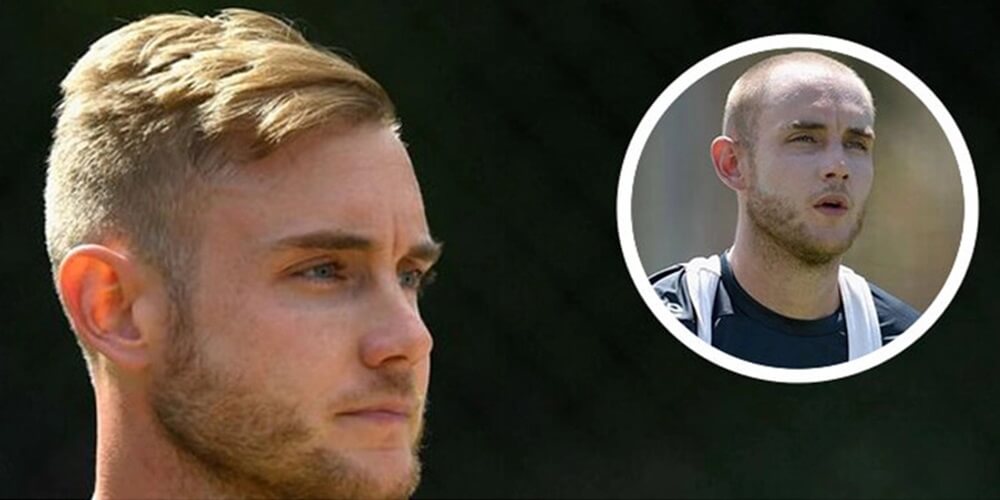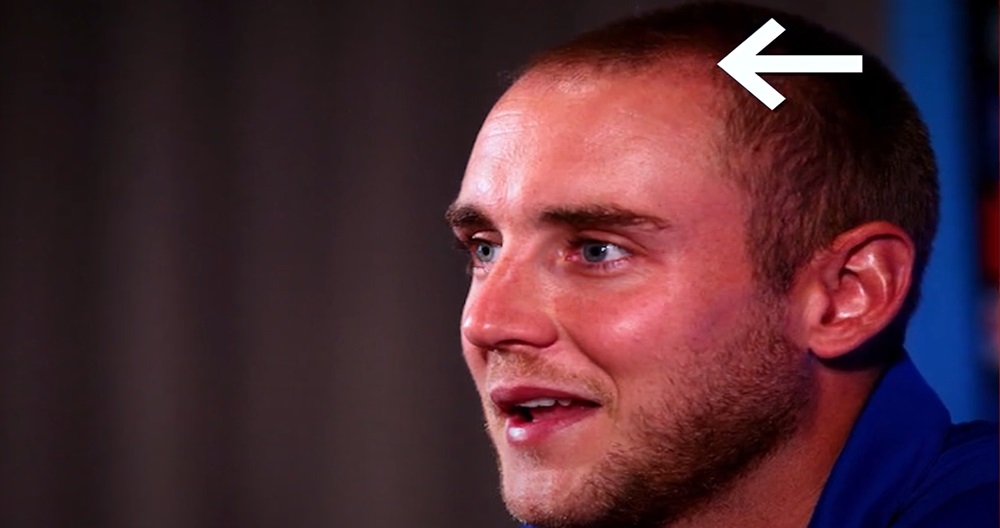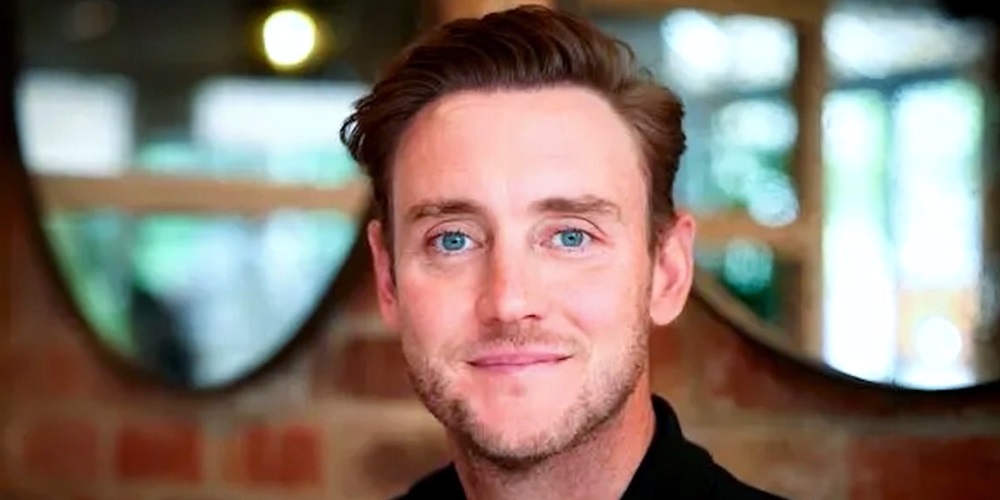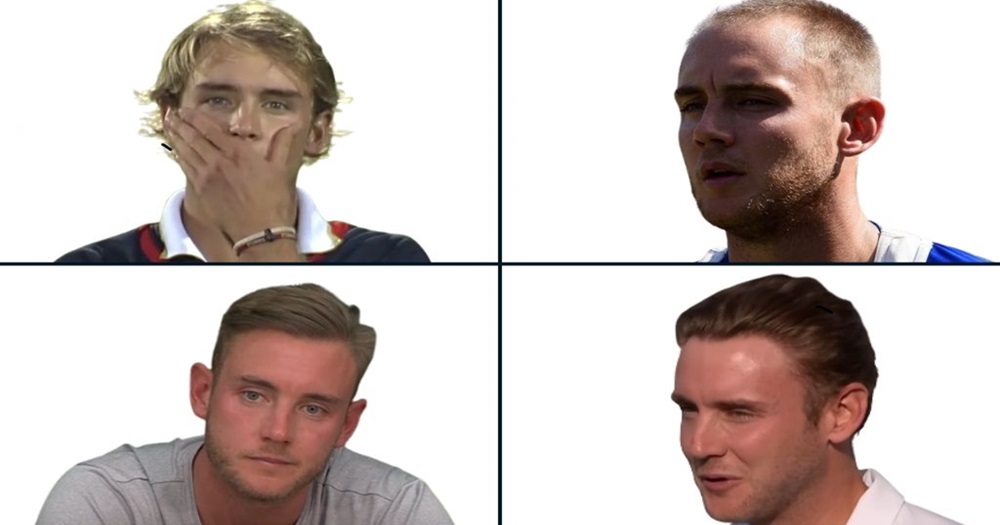Home » Stuart Broad Hair Transplant Before and After

The evolution of Stuart Broad’s hair has intrigued cricket fans and non-fans alike for over a decade now. The result of Stuart Broad hair transplant before after has been fascinating to see for cricket fans as well as his on-field heroics. Most public figures, especially athletes, are aware of the importance of the aesthetics of their bodies, having built an entire brand around it. Giving the greatest possible appeal in their looks can indirectly also earn them off-field money. Of course, societal pressures on aging adhere to physical attractiveness as one of the prime factors that guide corporate and public opinion; in some cases, there’s a personal desire to look as young as one feels.
The urge to look youthful could result in one undergoing solutions for hair loss, such as a hair transplant in Turkey. In modern medicine, the lack of baldness certainly goes leaps and bounds through evolution, with new approaches for viable treatments and grooming procedures, each approach having its own level of efficacy and permanence in producing fuller, healthier hair. Results from a hair transplant in Turkey are as close to a sure thing as one would assume. Once the transplant has healed, the hair that has been moved to the bald area may grow back. This article will look at the Stuart Broad hair transplant case, which will give you a full understanding of what to expect when considering hair loss.

Hair transplants have come a long way since the days of artificial looking ‘plugs’. The newer techniques, like Follicular Unit Extraction and Follicular Unit Transplantation, promise the results to look natural. In FUE, individual hairs are plucked one by one. In FUT, the strip of hair is removed from the back of the head and then sectioned under a microscope to separate the grafts into their individual follicles. Thousands of grafts can be transferred in one session using the FUT technique. Its disadvantage, however, is that it leaves a linear scar at the back of the scalp, whereas in FUE, there are just hundreds of tiny dot scars, which are less visible. Both techniques have grown increasingly popular over the last decade as more men become aware of what they can achieve. The loss of hair can often mean the loss of confidence. A survey showed that 20% of the balding men under 30 wanted to commit suicide.
But with transplants allowing patients to boast some impressive results, such as a managing director who had 3,800 to 4,000 grafts implanted over two days with a recovery time of a week, it’s little wonder they are so popular. And the work involved in getting hair transplanted? First, the doctors identify the “safe zone” on the patent’s scalp, where hair is least sensitive to the hormone DHT. They then extract the hairs and transplant them one by one into the affected areas. The procedure is usually carried out under local anaesthetic, but can take several sessions, and patients are typically left with micro incisions at the back of the scalp and scabs for a few days. After just a few weeks, or up to six months, the transplanted hair should fall out before growing back permanently. The results are not always perfect; however, while the transplanted hair should last, you can still lose the non-transplanted hair around it from baldness. Long recovery times and hair transplant side effects are apparently also common. Still, with more than 985,000 hair transplants carried out worldwide in 2019, and the market predicted to be worth almost £30 billion by 2025, it seems it’s an option many men – and indeed women – are convinced by.
Deciding upon hair transplant in Turkey is not a decision any person makes in a rush. For public figures like sportspeople, it’s easier for them to build on the pressure to look good and keep the image that would be expected of them. Stuart Broad was approaching his thirties when he decided to get the procedure done. He was also aware of how he appeared in public, since he would always be in the limelight, and he was not very secure about his thinning hair. Friends have said that he had a thick mop of hair. But Broad started losing hair when he was 23 years old. During his mid-twenties, this cricketer wore his hair a little longer to cover the hair loss.
Three years later, whenever England played at Lord’s, friends suggested Broad wear a hat to shield his scalp from the glare of the sun, but he refused. This just reflected the everyday pressures of having to maintain a presentable and perfect image while also working in a professional field. Known for being “one of the most phlegmatic individuals in the modern game,” Broad sought advice from a friend who had also gone through a Stuart Broad hair transplant, to help him make the decision. In the spring of 2018 during Stuart Broad hair transplant, Broad received a six-hour FUE surgery in which 3,000 to 4,000 hair follicles were taken from the back of the scalp to be moved to the top. Those transplanted follicles will continue to grow and maintain vitality on top of the scalp. The 31-year-old said he was afraid people might think less of him for taking so much interest in his hair. But it quickly emerged that with this new look, he felt “10 years younger.” The hair should start growing eight months after the surgery. Broad said it was “humbling” to see people talk about this new “brave” image. The way he used to look before was consistently described using words like “old” and “tired,” and people thought his hair would make him look better in all aspects, including playing sports. He worried that trolls would “question his state of mind” if he had the surgery during his playing career, but he was finally ready. Broad wanted to convey a message to anyone contemplating a similar issue, that their health should come first. Broad confirmed that the procedure was “just a move to feel a bit better” about himself and his body. He has learned to find ways of coping and to be real, like so many other athletes. Not acting was never an option, he said.

It is often said that a picture is worth a thousand words. To put that adage to the test, let us closely investigate Stuart Broad hair transplant before after images. The first set of images is a pristine capture of the former hairline of the England international’s forehead, and after that, the results of the widely reported surgery can be seen. New hair has taken place by Reed hairline, which also shows Stuart’s hair density improvement. This time the comparison may not make it explicit, but the first picture is after the operation three years ago. Hair design is another aspect that makes the difference. Stuart never shies away from rocking the short locks, but there is now simply more room to show off. The general aesthetic improvement places him in an all-round better state than he was. Any changes in style should also be taken into account. Furthermore, it may have been launched during a public relations campaign when Stuart changes his image and brand focuses on the new appearance. A statement from a hairstylist or dermatologist could also confirm the visible improvement. The public immediately experiences a powerful emotional reaction that can draw them into the image. From aesthetics to realism, the change in image has a very noticeable impact on Broad. Overall, the effectiveness of the operation should also be evaluated. If expectations are met, then it’s a clear victory.
Believing we have ample evidence of Stuart Broad’s hair transplants, we estimate around 3000 – 4000 grafts.
Hair transplant costs are often based on the number of grafts, so we use this to gauge Broad’s investment in his hair restoration.
Note that the cost per graft in England can vary significantly from other countries. Assuming Broad had his transplants in Britain, where the average cost per graft is about $4, the total cost for an ordinary person would be $10,000-$12,000. However, as a celebrity, Stuart Broad hair transplant price might have been higher.

In recent years, sophisticated medicine and technology have helped develop an array of hair transplant in Turkey techniques – from strip surgery and FUT to FUE, to unshaven hair transplant techniques. Variations in methods and technologies encompass robotic hair transplants, DHI, Sapphire FUE, Neograft, etc. Here’s a comparison to help weave out the cons of a few techniques:
Hello!